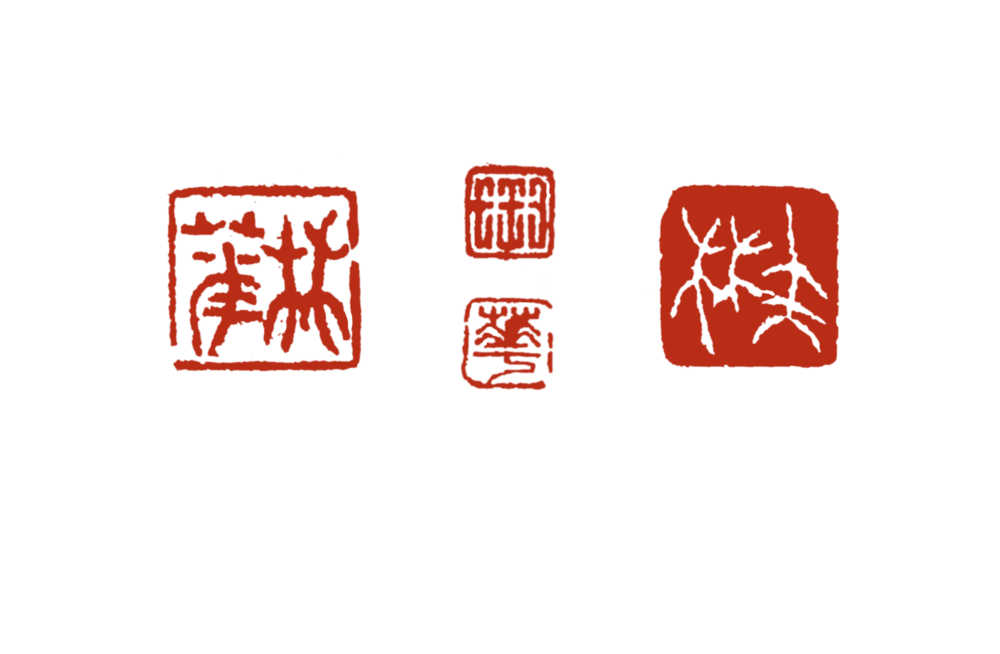“Sumi” is the Japanese word for a particular kind of black ink. The ink is actually made by collecting soot from burning certain types of wood or oil, mixing the soot with natural glue, and compressing it into a stick. The stick is ground in water against a hard stone surface, creating a rich black ink. “E” is the Japanese word for “painting”. A sumi-e is thus a painting made with soot-based, ground black ink. In Chinese this type of painting is called “guohua” - national or native painting - as opposed to Western style painting. Today, the word “sumi-e” or “sumi-ink brush painting” refers to paintings using soot-based ink, applied onto fibrous paper using a flexible pointed animal-hair brush.
Sumi-ink brush painting is more than ink-brush-paper. It is painting which uses techniques developed over many centuries in China, Japan, Korea, parts of Vietnam, and parts of Malaysia. These techniques take many years and much inner discipline to master. They involve using ink tones ranging from deep black to barely visible silvery gray. The tones are produced by mixing the intense black ink with different amounts of water, producing strokes from wet to dry and thin to thick, plus producing washes. The techniques also include mastering a number of specific types of strokes, some with quite imaginative names like “hemp stroke” or “axe cut stroke”. The ability to manage the long-haired pointed brush is key. The brush is flexible and expressive and capable of producing lines and forms which no Western-style brush can approximate, but it has a mind of its own and taming it takes a lifetime. Then there are the compositional elements which are to be mastered. Usually Western ideas of depth or vanishing-point perspective are not adhered to; shading to produce depth is also not particularly used. Instead, Asian notions of nature and humans and their relationship infuse the composition.
Because brush-painting derives from Chinese calligraphy, the quality of the stroke is of the greatest importance. The quality of the painter’s character is visible in the quality of the stroke. The idea is to capture and portray the essence of the thing being painted, not in a realistic way but in a way which is alive and genuine. Capturing “chi” or “ki” is very important: a painting must be alive, filled with and expressing the energy of the real world. Thus, becoming a sumi-ink brush painter involves being immersed in philosophy, religion, history of art and culture, as well as almost endless technical challenges. It requires a depth of patience and personal commitment to learning the disciplined way of the brush, resulting in a refinement of spirit, and harmony with nature. When this process is realized, the result is a sumi-ink brush painting.


